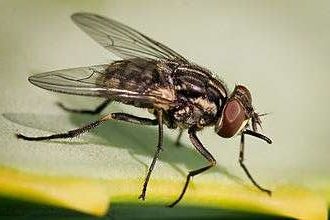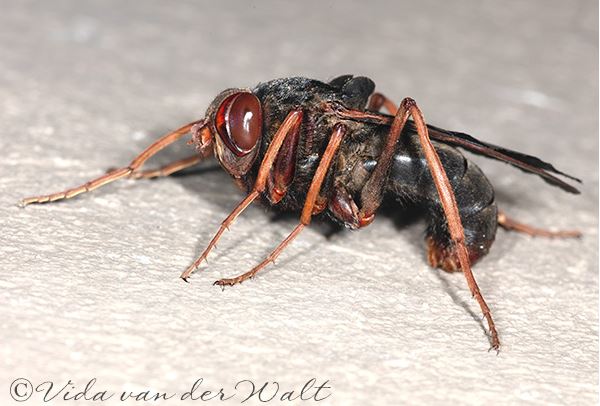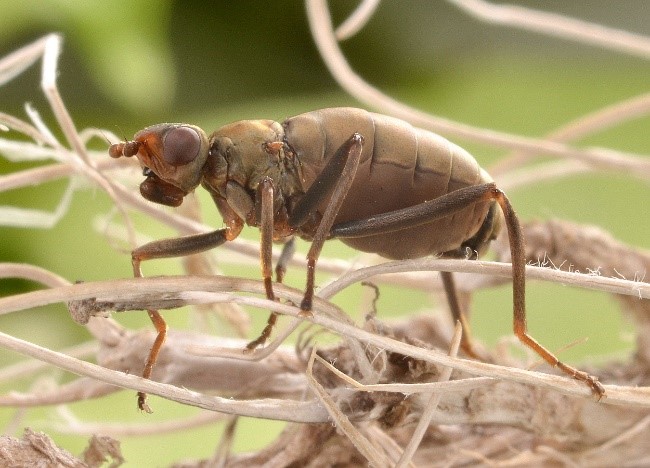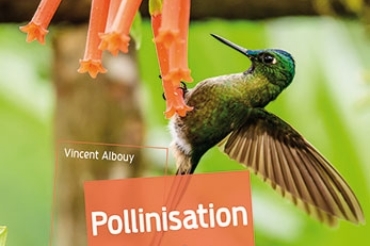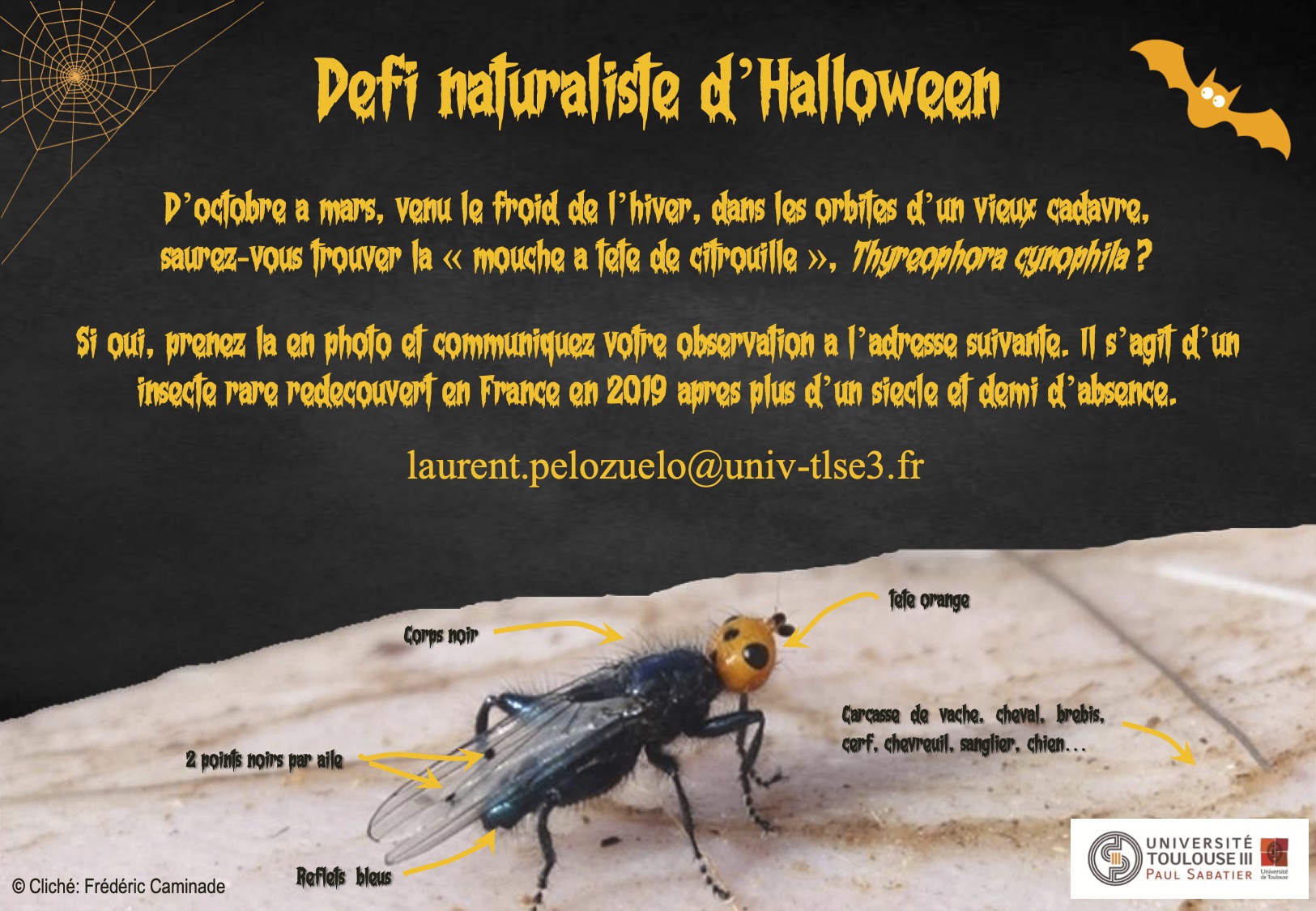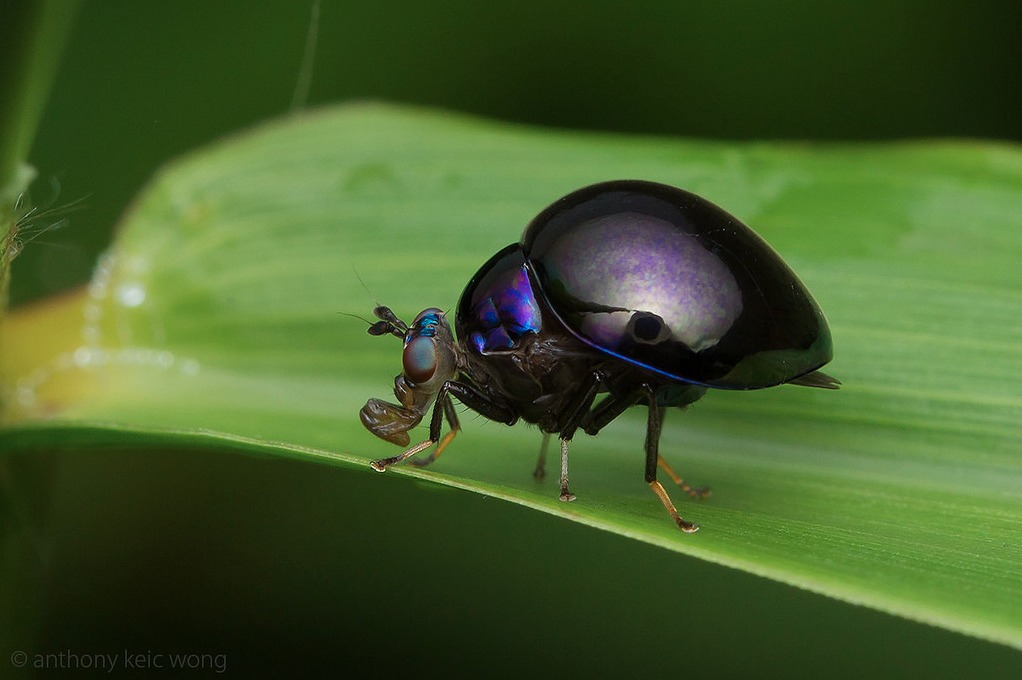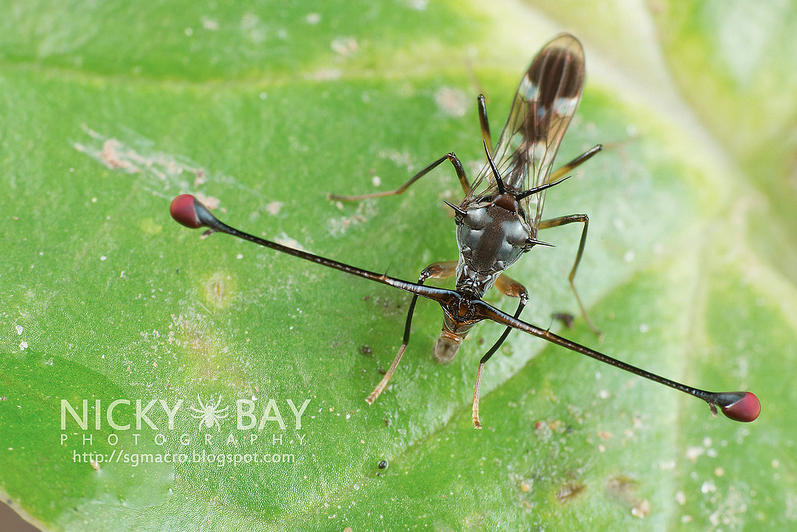By Gérard Duvallet Among the ectoparasites that are a nuisance to livestock and livestock in general, there are, alongside ticks (Mites), several families of Dipterans (Insects). Horn stomoxes and flies (Diptera, Muscidae) and taons (Diptera, Tabanidae) are certainly the most important (photos 1, 2 and 3), due to the nuisance spawned and the possible transmission…
Tag: flies
Gyrostigma Rhinocerontis: His larva lives in the rhino’s stomach
by Benoit GILLES There are five species of rhinoceros, two in Africa: the White Rhinoceros (Ceratotherium simum) and the Black Rhinoceros (Diceros bicornis), and three in Asia: the Indian Rhinoceros (Rhinoceros unicornis), the Java Rhinoceros (Rhinoceros sondaicus) and the rhinoceros Sumatra (Dicerorhinus sumatrensis). These species are all in the process of degradation due to the…
The Entomofauna of the French subantarctic islands
by Maurice Hulle The Subantarctic islands, among the most isolated in the world, harbour a small number of native terrestrial invertebrates which, in the course of their evolution, have developed specific biological adaptations, the most notable of which is the loss of The flight function in insects. Since their recent discovery and, above all, since…
Be versatile or specialize? The choice of flowers and their pollinators
By Vincent ALBOUY Specialization/Generalism Specialization is defined as physical, biological and/or behavioural adaptation to a small group of partners. Bryona dioica (Bryona dioica), a wild Cucurbitaceae, flowers in spring in hedges and wastelands. Its greenish-white flowers attract various collectors. Among them, a small blackish bee marked with red, andrène de la bryone (Andrena florea), visits…
Thyreophora cynophila : the unlikely return of the orange-headed fly!
Thyreophora cynophila Thyreophora cynophila had not been observed < 160 years ago than the orange head of a fly specimen ! This species of the family Piophilidae (photos below), described in 1798 by the botanist and entomologist G.W.F. Panzer (1755-1829), had last been observed near Paris in 1840. Its presence had previously been recorded in…
Ephydra hians: the diving fly of Mono Lake
Summer, the shores of Mono Lake in California are invaded by millions of small flies. The density is such that it sometimes reaches in places more than 2000 flies on the surface of a postcard, for a total population estimated at more than 100 billion individuals. These flies belong to a species: Ephydra hians (Ephydridae).…
Diptera Celyphidae: when flies mimic Beetles
The world of insects sometimes contains surprising and mysterious species. Diptera (“flies”) Celyphidae are among them. caption id=”attachment_3078″ align=”alignright” width=”301″] Paracelyphus hyacinthus (Source : Anthony KeiC Wong-Flickr)[/caption] The name of this family comes from the Greek word “κέλυφος” which can be translated as “box” or “shell” which characterizes the most striking characteristic of these insects:…
Diopsidae flies: eyes perched far away!
Post Views: 3,553 Flies of the Diopsidae family have the amazing feature of having their eyes positioned at the tip of outgrowths called ocular peduncles
Insect wings are also gyroscopes!
Post Views: 1,295 Insects have flying capabilities far beyond what robotics engineers can produce. However, the control of manoeuvres and posture during the flight remains
Sexual attraction of male wings in flies (Drosophila melanogaster)
Post Views: 45,258 The fruit fly, Drosophila melanogaster, although studied for nearly 100 years by scientists from around the world and all disciplines, the parameters

